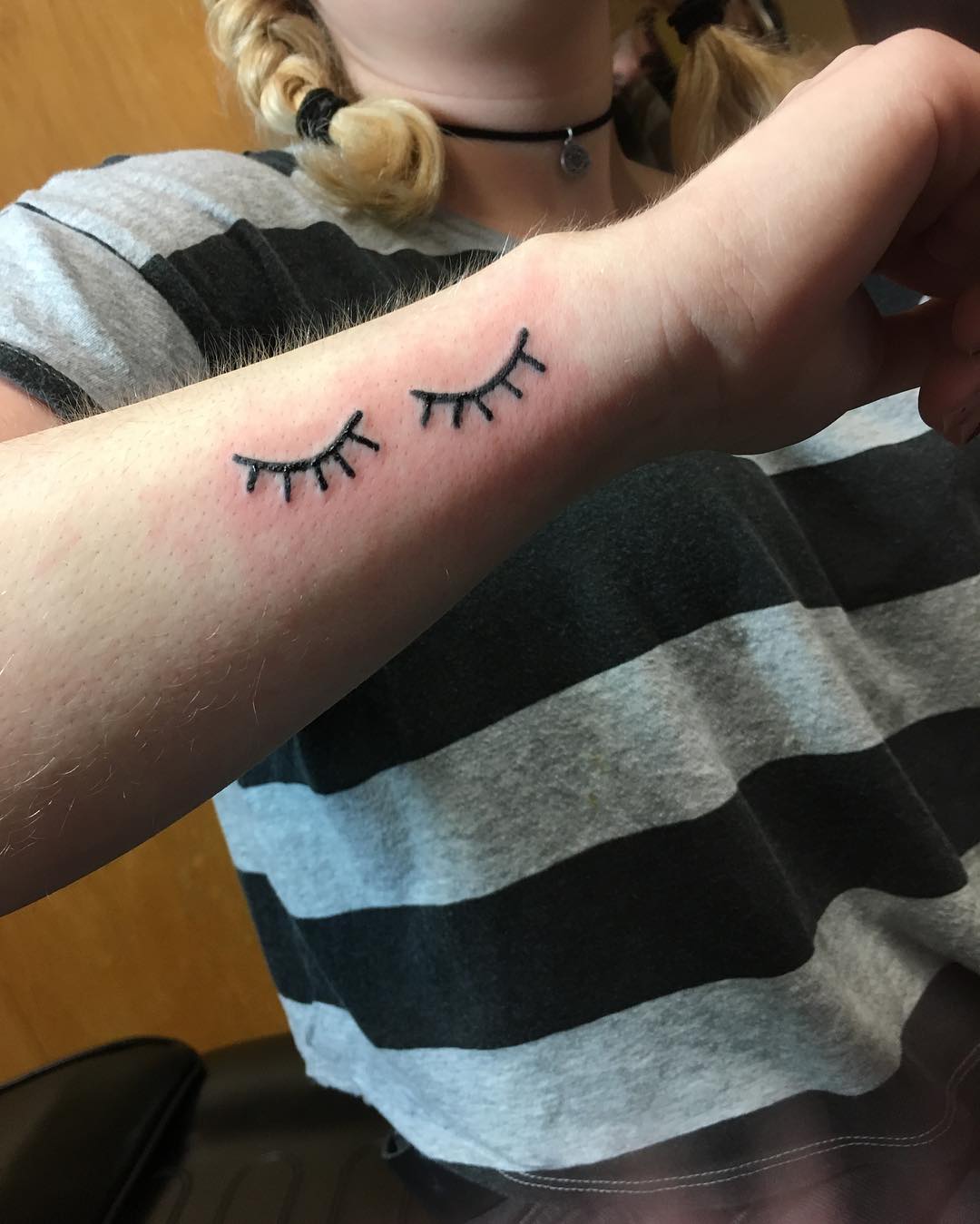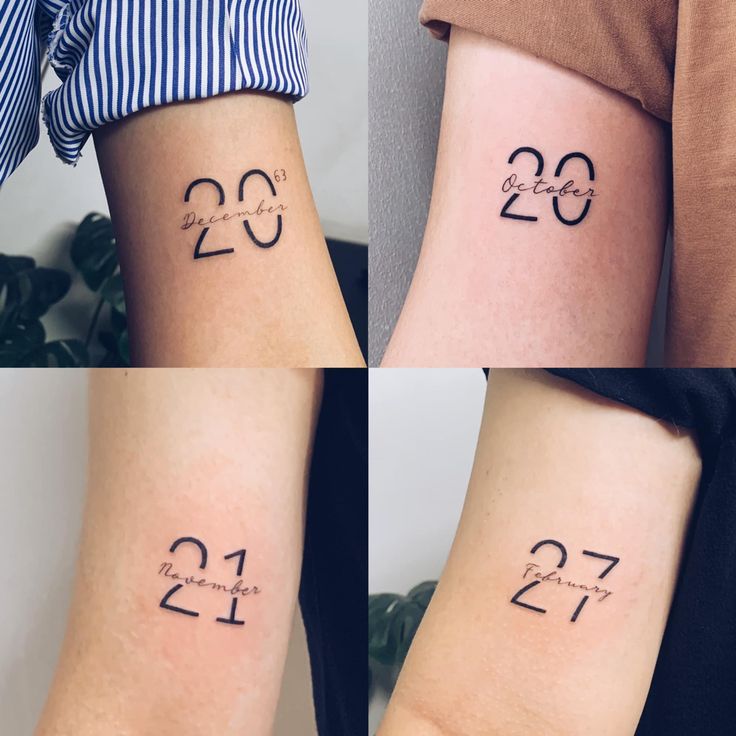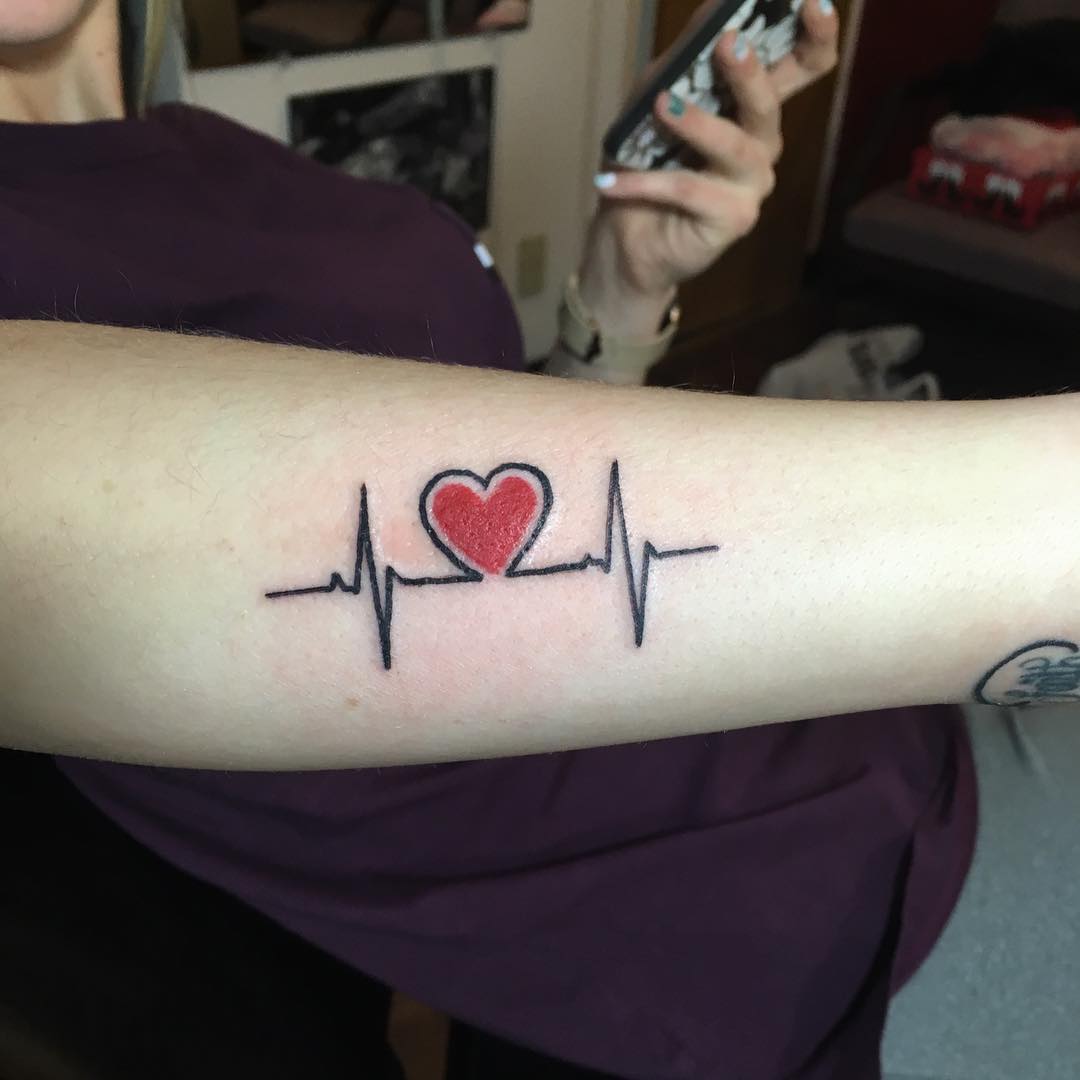Tattoo Design Basics: Your Ultimate Guide

When diving into the world of tattooing, it's essential to start with a solid foundation of tattoo design basics. Whether you are an aspiring tattoo artist, someone looking to get their first tattoo, or just a curious mind, understanding the principles behind tattoo design will enrich your appreciation and experience.
What Makes a Tattoo Design?


Tattoo designs are a blend of creativity, skill, and tattoo art history. Here’s what goes into creating a compelling tattoo:
- Concept: The idea or story behind the tattoo.
- Line Art: The outlines or sketch that forms the tattoo’s structure.
- Shading: Depth and dimension added through shadowing techniques.
- Coloring: Use of ink to bring life to the design.
📝 Note: Each element contributes to the tattoo’s overall impact, so balancing these aspects is key to a successful design.
Steps to Create a Tattoo Design

Creating a tattoo design involves a series of steps:
- Conceptualization: Start with an idea or inspiration. This could be personal, cultural, or inspired by existing artwork.
- Sketching: Draw initial sketches. Multiple drafts might be necessary to perfect the design.
- Feedback: Discuss your design with the client or artist. Getting feedback helps in refining the tattoo.
- Detailing: Add intricate details, shading, and colors.
- Finalization: Complete the stencil that will be used on the skin.
Tattoo Design Styles

The tattoo world is vast, with various styles catering to different tastes:
| Style | Description |
|---|---|
| Traditional | Characterized by bold lines, bright colors, and often nautical themes. |
| Tribal | Involves intricate, abstract designs inspired by indigenous cultures. |
| Realism | Photorealistic tattoos, resembling photographs or realistic paintings. |
| Japanese | Features elements like Koi fish, dragons, and floral designs with dynamic shading. |
| Neo-Traditional | A modern twist on traditional with richer colors and more intricate designs. |

💡 Note: Exploring different styles can help you understand what resonates with you or your client.
Key Considerations in Tattoo Placement

Where a tattoo is placed on the body significantly affects its look and feel:
- Anatomy: Bones, muscles, and skin texture impact design detail.
- Visibility: Will the tattoo be easily seen or concealed?
- Movement: Consider how the tattoo will look when the body part moves.
- Healing: Some body parts heal differently, influencing design choice.
Aftercare and Tattoo Design

The way tattoos are cared for post-procedure also impacts their longevity:
- Keep the tattoo clean and moisturized.
- Avoid sun exposure to maintain color vibrancy.
- Understand that some designs might require more aftercare than others.
⚠️ Note: Proper aftercare can enhance the appearance of your tattoo, making the design last longer.
To sum up, exploring the fundamentals of tattoo design unveils the artistry, skill, and profound connection between art and body. From conceptualization to the intricacies of placement and aftercare, understanding these elements ensures a tattoo not only looks good but also tells a story and honors the bearer's vision. If you're embarking on your tattoo journey, remember that knowledge and respect for the craft pave the way to beautiful, meaningful tattoos.
How long does it take to create a tattoo design?

+
The time varies based on complexity, size, and detail. Simple designs might take a few hours, while intricate, custom pieces can take days or even weeks.
What is the most painful place to get a tattoo?

+
Pain tolerance varies, but areas with less muscle and more bone, like the ribs, spine, or inside of the arm (elbow), tend to be more painful.
Can you change the tattoo design after getting it?

+
Yes, you can cover or modify a tattoo through a process known as “cover-up,” where a new tattoo is designed to blend or hide the old one, or by laser removal.
What is the significance of shading in tattoo design?

+
Shading adds depth, realism, and a sense of three-dimensionality to a tattoo, enhancing its visual impact.



